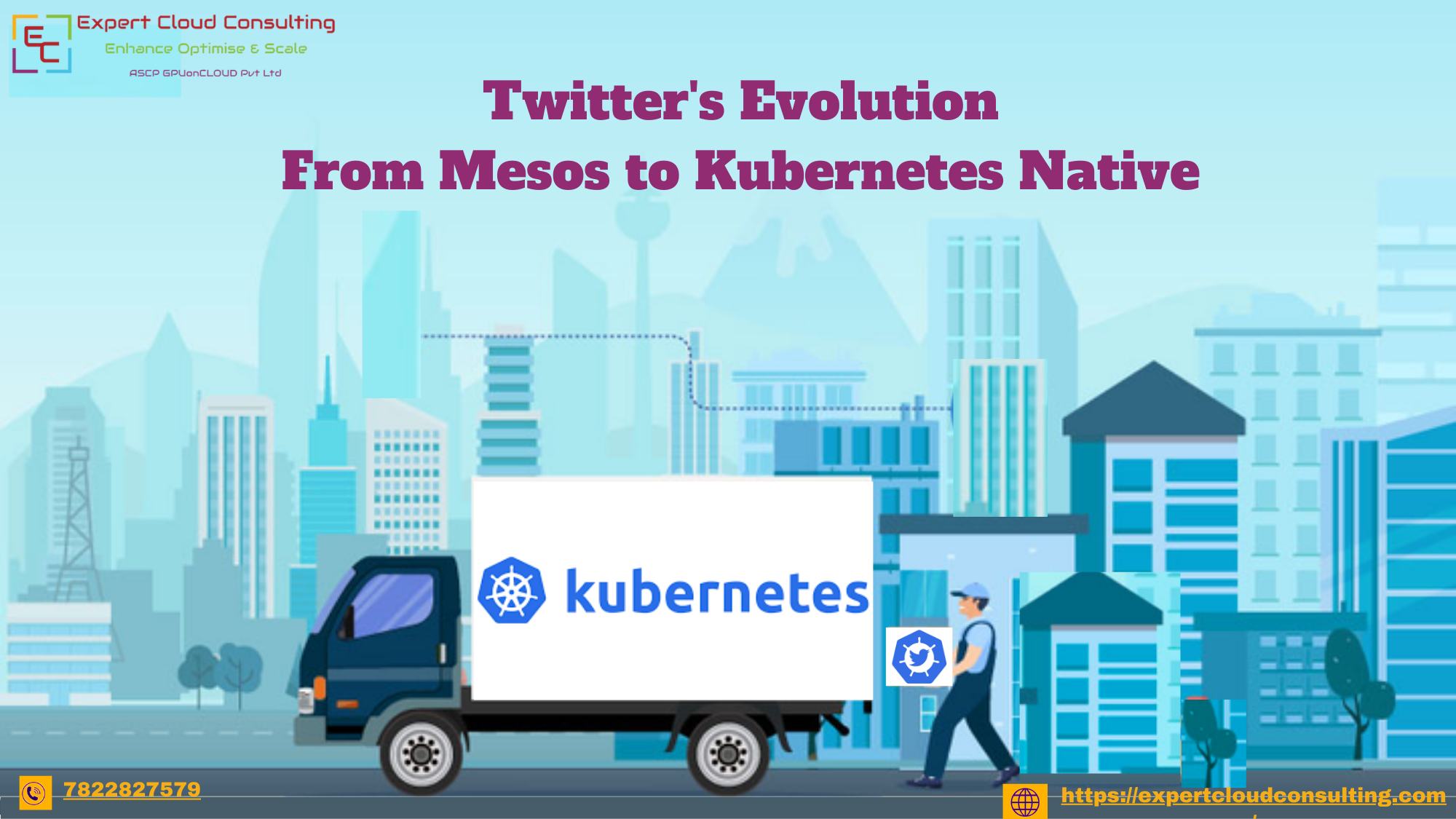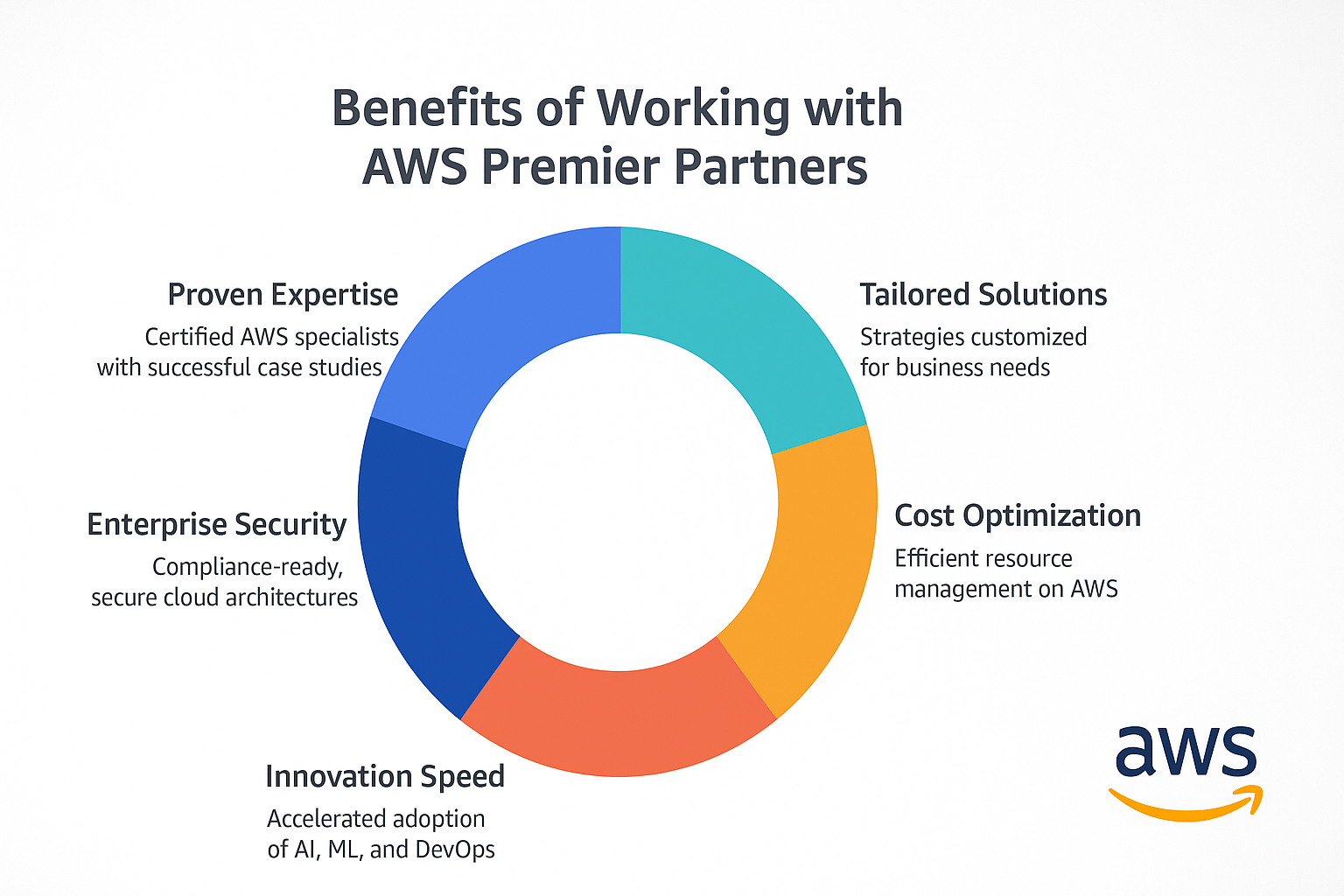Introduction
In the fast-paced world of technology, adaptation and evolution are key to staying ahead. Twitter, a social media giant, has undergone a significant transformation in its infrastructure, making a strategic shift from Mesos to Kubernetes Native. Let's delve into the journey of this transition and explore the advantages that come with Twitter's embrace of Kubernetes. 🚀
Understanding Mesos Era 🔄
Twitter initially embraced Apache Mesos for its container orchestration needs. Mesos, known for its scalability and flexibility, served Twitter well during its early stages. However, as the technology landscape evolved, Twitter recognized the need for a more robust and community-driven solution. 💡
Embracing Kubernetes: A Strategic Move 🚀
In a bid to align with industry standards and enhance its container orchestration capabilities, Twitter made the switch to Kubernetes Native. Kubernetes offered a vibrant ecosystem, strong community support, and seamless integration with modern cloud technologies. This move positioned Twitter to better handle the growing demands of its massive user base and ensure a more efficient and scalable infrastructure. 💪🌐
Advantages of Kubernetes Native for Twitter 🌐
Community Support and Ecosystem
Vibrant Ecosystem: Kubernetes has a massive and active community, contributing to a vast ecosystem of tools, plugins, and extensions. This ecosystem provides Twitter with a rich set of options for enhancing and customizing its infrastructure. 🤝🛠️
Standardization: The widespread adoption of Kubernetes across industries means that engineers familiar with Kubernetes can easily contribute to Twitter's infrastructure. The standardization simplifies training, onboarding, and collaboration across development and operations teams. 🌐🔄
Developer Productivity:
Declarative Configuration: Kubernetes allows developers to define the desired state of their applications through declarative configuration files. This enables a more straightforward and efficient approach to managing applications, reducing the operational burden on developers. 📄💻
Abstraction Layers: Kubernetes abstracts away many of the complexities associated with container orchestration, allowing developers to focus on building and improving applications rather than managing infrastructure. 🧱🏗️
Scalability and Resource Management:
Built-in Scalability: Kubernetes is known for its robust scalability features, allowing organizations to scale applications seamlessly as demand grows. This is crucial for a platform like Twitter, where the volume of data and interactions can vary dramatically. 📈🚀
Efficient Resource Management: Kubernetes efficiently allocates resources, ensuring optimal utilization of infrastructure. This is essential for handling Twitter's dynamic and high-volume workloads. ⚖️
Operational Simplicity:
Unified Platform: Kubernetes provides a unified platform for managing containerized applications, making it easier to handle diverse workloads. It offers a consistent set of APIs and tools for tasks such as deployment, scaling, and monitoring. 🔄🛠️
Service Discovery: Kubernetes simplifies service discovery and load balancing, crucial for maintaining the reliability and availability of Twitter's services. 🌐🔄
Industry Standard:
Widespread Adoption: Kubernetes has become the de facto standard for container orchestration. Its widespread adoption means that engineers moving between organizations are likely to have experience with Kubernetes, simplifying the hiring process for Twitter. 🌍🔄
Delving into Kubernetes Tools 🧰
Now, let's spotlight how Kubernetes tools are often considered more superior due to their broader adoption, robust features, and extensive community support. ⚙️🛠️
1. kubectl vs. Mesos CLI:
Kubernetes (kubectl): kubectl is a versatile and widely used command-line interface for interacting with Kubernetes clusters. It provides a unified interface for various cluster operations, including deployment, scaling, and resource management. 🌐💻
Mesos CLI: Mesos provides its own command-line interface for cluster management. However, it may lack the same level of standardization and community support that kubectl enjoys in the Kubernetes ecosystem. 🤷♂️❌
2. Helm vs. Marathon:
Kubernetes (Helm): Helm is a package manager for Kubernetes that simplifies the deployment and management of applications. It allows users to define, install, and upgrade even complex applications through charts. 📦🚀
Mesos (Marathon): Marathon is a framework for Mesos designed for long-running applications. While it serves a similar purpose in managing applications, Helm's packaging approach and broader community adoption make it a more popular choice. 🎉🌐
3. Kubernetes Dashboard vs. Mesos UI:
Kubernetes Dashboard: The Kubernetes Dashboard is a web-based user interface for managing and monitoring Kubernetes clusters. It provides a graphical representation of cluster resources and facilitates various administrative tasks. 🖥️🌐
Mesos UI: Mesos also offers a web-based UI for cluster management. However, the Kubernetes Dashboard is often praised for its user-friendly design, ease of use, and extensive features. 👩💻🎨
4. Operators vs. Custom Frameworks:
Kubernetes (Operators): Kubernetes Operators are a set of tools that automate the management of complex applications. They use custom resources to define and control application behavior, streamlining operational tasks. 🤖🔧
Mesos (Custom Frameworks): Mesos allows the development of custom frameworks for specific application needs. However, Kubernetes Operators have gained popularity due to their standardized approach and ease of use. 🌐🛠️
5. Horizontal Pod Autoscaler vs. Marathon Autoscaling:
Kubernetes (Horizontal Pod Autoscaler - HPA): HPA automatically adjusts the number of replica pods based on observed metrics, ensuring efficient resource utilization and responsiveness to varying workloads. 📊⚙️
Mesos (Marathon Autoscaling): Marathon supports automatic scaling of applications, but Kubernetes' HPA is often preferred for its flexibility and integration with a broader range of metrics and custom scaling policies. 🔄🚀
Conclusion:
Twitter's shift from Mesos to Kubernetes was driven by the need for a more standardized, scalable, and developer-friendly solution. Kubernetes' extensive community support, ecosystem, scalability features, and operational simplicity made it a natural fit for Twitter's dynamic and high-volume environment. While Mesos played a significant role in Twitter's earlier infrastructure, the move to Kubernetes marked a strategic decision to align with industry standards and benefit from a more mature and feature-rich container orchestration platform. 🌍🔄 #TwitterTechEvolution #KubernetesJourney #TechTransformation 💙🚀











